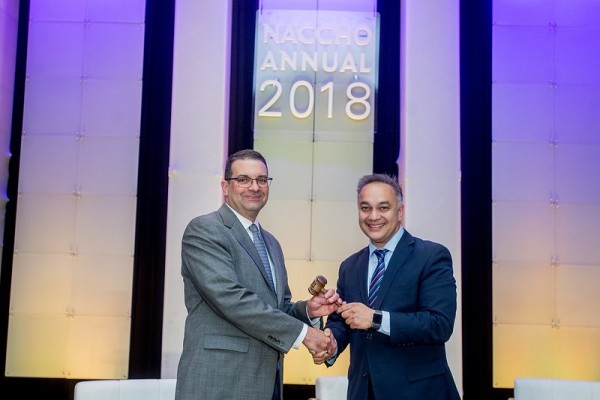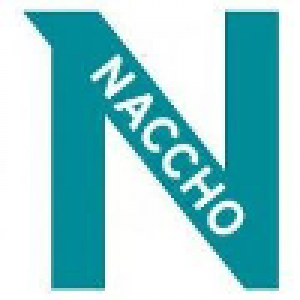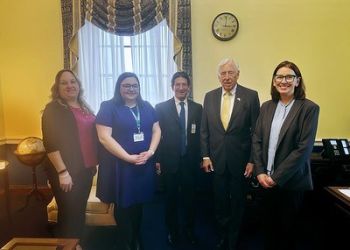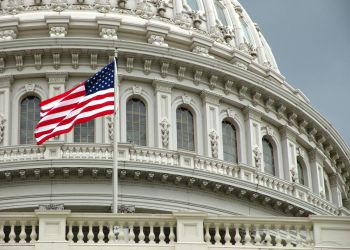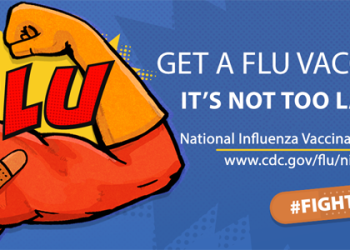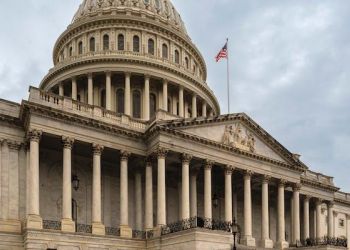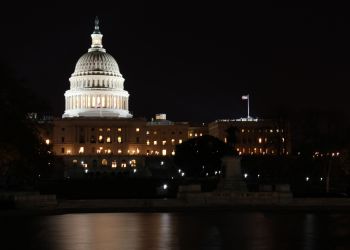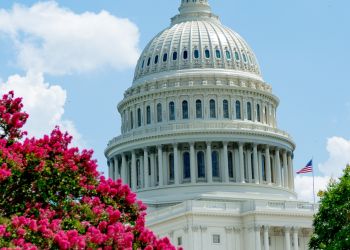Yesterday, 19 former presidents of the National Association of County and City Health Officials (NACCHO), on behalf of the nation’s nearly 3,000 local health departments, sent the following letter calling on Congress to invest in the public health response to novel coronavirus (COVID-19) and in public health infrastructure long term to protect the public from future threats. The full letter from these current and former local health officials can be found here.
The undersigned members of the National Association of County and City Health Officials (NACCHO) Past Presidents’ Council thank you for providing support to novel coronavirus (COVID-19) outbreak response efforts. As we face the most challenging public health test of a lifetime, local health departments are leading on the front lines of the response.
We greatly appreciate Congress quickly coming together to provide additional funding to help support the response and paying attention to supporting the governmental public health infrastructure as it works non-stop to protect the American people. However, as this pandemic continues to grow and affect every corner of our nation it is clear that more needs to be done to invest in local health departments so that they can continue to lead over the long-term response and recovery. This need is heightened by the economic downturn caused by the pandemic, which has already started affecting health department budgets reliant on local and state tax revenues. This is unsustainable. Therefore, as Congress negotiates future COVID-19 response legislation, we urge you to support efforts to strengthen local health department capacity.
In order to help ensure that communities can safely dial back strict social distancing orders as we enter the next phase of the outbreak, we advocate for Congress to provide the following to address the future needs of local health departments and the public health system overall. NACCHO’s full recommendations on contact tracing can be found in the position paper released April 16, 2020: Building COVID-19 Contact Tracing Capacity in Health Departments to Support Reopening American Society Safely.
1. At least $3.7 billion in emergency supplemental funding to local, state, territorial, tribal, and federal public health agencies to support a force of at least 100,000 contact tracers.
This includes $100 million to scale up and support the Medical Reserve Corps (MRC) program to help facilitate volunteer support for this critical function (an average award of about $100,000 per MRC unit), as well as $3.6 billion to support the surge of contact tracers, which is based on the average salary of a community health worker taken to scale and equates to $36,000 per tracer over the course of a year. It is important to note that this number is likely an underestimate as there will also be needs for higher-level supervisors and skilled professionals to supervise the work, guide strategy, and undertake the most challenging cases. The federal funding must provide maximum flexibility to enable public health agencies to recruit and retain staff. While this is a large number, the tradeoff for being able to reopen our communities and commerce is much greater.
How funding is distributed in order to ramp up the surge of contact tracers is also critically important. Any infusion of funds, staff, and volunteers must take into account that, depending on the state, contact tracing responsibilities may sit at the local health department and/or state health department level. Therefore, proposals and legislation should be written to allow flexibility for funding eligibility. Moreover, a bolus of one-time money is difficult to spend and ramp up quickly, even in the best of circumstances. Therefore, we will need to remove federal, state, and jurisdictional-level barriers to hiring. It is also important that public tracking of funds is adopted to follow resources as they flow from the federal government down to the local level to help model effective practices for funding and hiring and ensure that all communities benefit from this investment.
2. Enact and implement a loan repayment program for public health professionals who agree to serve two years in a local, state, or tribal health department.
Since 2008, local and state health departments have lost nearly 25% of their workforce, more than 50,000 jobs. Further, nearly half of the local and state health department workforce might leave in coming years as the workforce ages. In an effort to recruit and retain a new generation of public health workers, NACCHO urges Congress to enact and implement a loan repayment program for public health professionals who agree to serve two years in a local, state, or tribal health department. Such a program, modeled off the success of the National Health Service Corps in bringing health care providers to communities in need, will help health departments across the country recruit appropriate staff who can tackle 21st Century challenges and increase health departments’ capacity, now and in the future, to keep the public healthy and safe. We estimate that a program funded at $200 million per year could support over 6,000 new hires in local and state health departments across the country.
3. Enact $4.5 billion in additional annual funding for the Centers for Disease Control and Prevention, state, local, tribal and territorial core public health infrastructure to pay for such essential activities as disease surveillance, epidemiology, laboratory capacity, all-hazards preparedness and response; policy development and support; communications; community partnership development; and organizational competencies.
The importance of strong, predictable federal investment in the public health system is even more vital now as the economic impacts of the pandemic are felt nationwide. State and local governmental budgets, and therefore public health budgets, are likely to be devastated in the wake of COVID-19, possibly for years to come. This will leave our nation even more vulnerable to emerging health risks. By building the core public health infrastructure of states, localities, tribal governments and territories, as well as the CDC, the nation will be better prepared for the next threat.
We must take action now to address this global outbreak and shore up the public health system so that Americans are protected from all public health threats.
